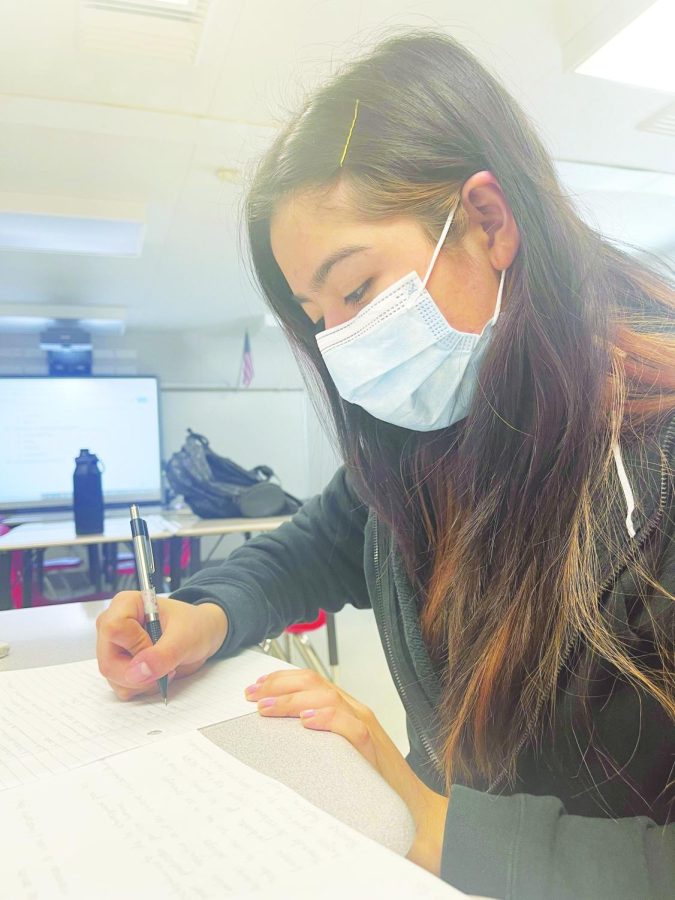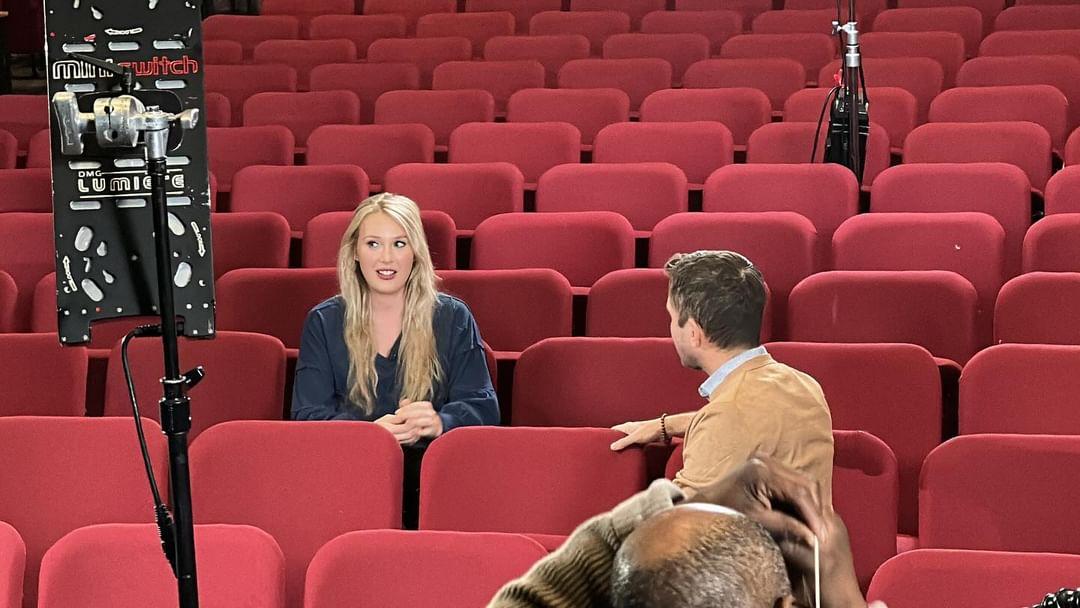From Twitter to Instagram, most students at AHS rely on their smartphones to get through the school day. With the rise of technology, in this day and age students of all ages are more likely to respond better with the use of gadgets in the classroom.
“My phone is really important in helping me get through the day,” senior Ulugbek Israilov said. “It has all of my activities listed in a schedule.”
Technology has advanced significantly in the past 20 years. Today, children can communicate, shop from their homes, and even earn a college degree online. With 95 percent of teenagers active in some way online, there are many new advances that can be taken advantage of.
Online classes are one way that schools are utilizing the internet to give students more opportunities.
“Taking a class online allows students to study at their own pace, although there are still some deadlines, it lets them learn how they want to learn,” junior Josh Keller said.
There is a constant push for a more widespread use of laptops in classes, yet there is no push for smartphones, which reach the internet faster.
Teachers are accustomed to using laptops in class when students need to do research or type a paper, but why then, are they not open-minded to the use of smartphones during the class period? If a student can take an entire class through a computer, then why should they not be able to use a smartphone to do some research during class?
This is what is known as preference falsification. The teachers are aware that smartphones and laptops have similar functions, and they know that smartphones are more convenient for students, with 51 percent of high schoolers owning one according to the same Ed Week article, yet the faculty chooses not to actualize on this and does not allow students to use phones for academic purposes.
“Many teachers could be uncomfortable with the use of smartphones due to the fact that kids are easily distracted, and teachers may not know how to control the use of phones yet,” Assistant Principal Donna Higgins said.
Many students at AHS feel that smartphones would better benefit their learning experience throughout the day.
“It would help a lot if we were allowed to use our smartphones, that’s what we are going to do in the real world anyway,” Israilov said.
Smartphones are capable of doing almost everything that a laptop can do. They are capable of connecting to the internet, typing documents, and also connecting with other people. Phones are theoretically much better than laptops for classroom use. They are portable, and work can be taken with the student.
“Cell phones are more beneficial to students because they are faster than the school laptops, and they are more convenient,” English teacher Kathleen Mathis said.
However, there are some problems with the use of smartphones in class. Students are tempted to stray away from the academic side of things, and start playing games and going on social networking sites.
“It is hard to control,” Mathis said. “They could be looking at anything.”
Students are also aware of the issues posed by smartphones, but they also believe that the benefits outweigh the cons of using phones in class.
“I think a lot of students will be drawn towards the fact that they are allowed to use their phones, and that will lead them to stop doing academic things,” sophomore Michael Ambrosio said.
Administrators believe that smartphones can begin to aid teachers in how they teach a class.
“As there is more training, the teachers will become more accustomed and we will see phones more in classrooms,” Higgins said.















